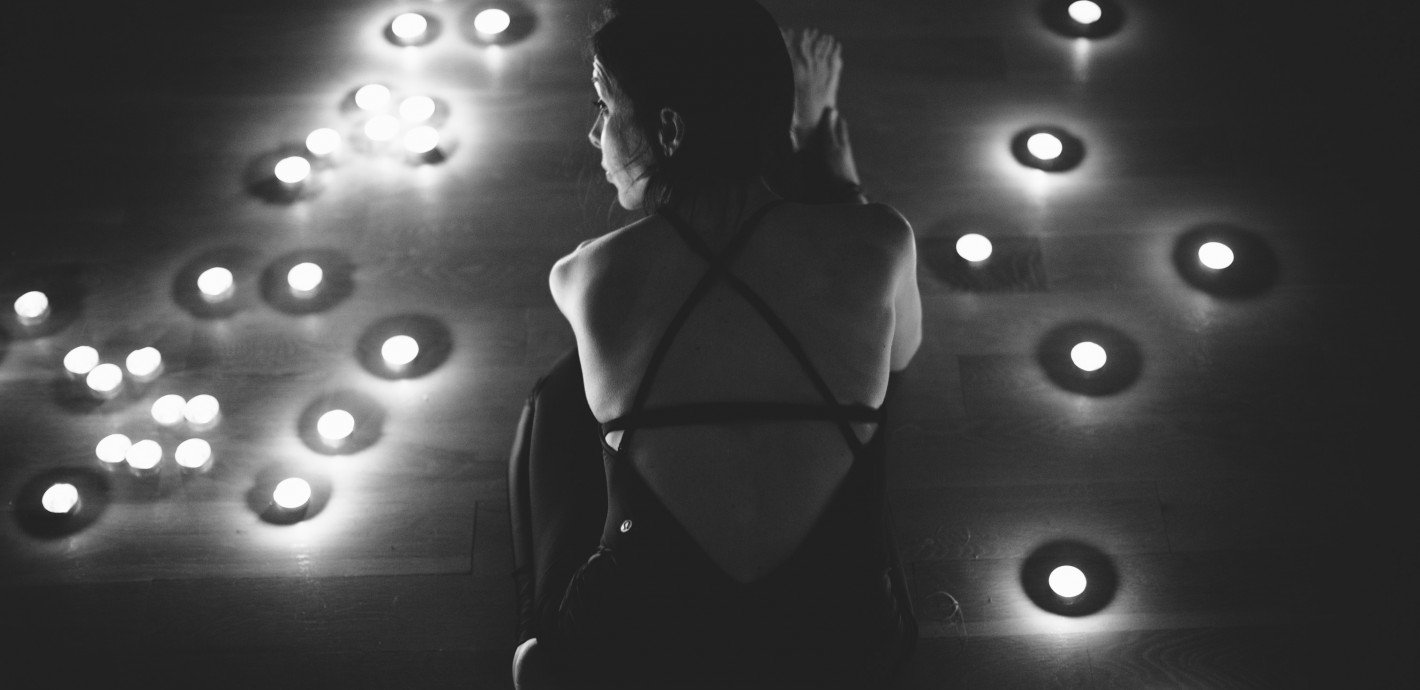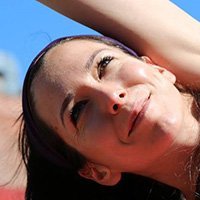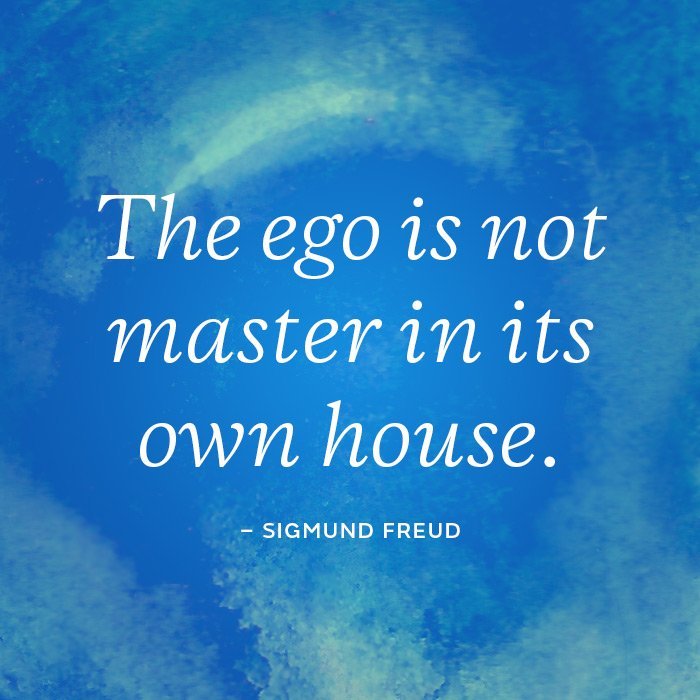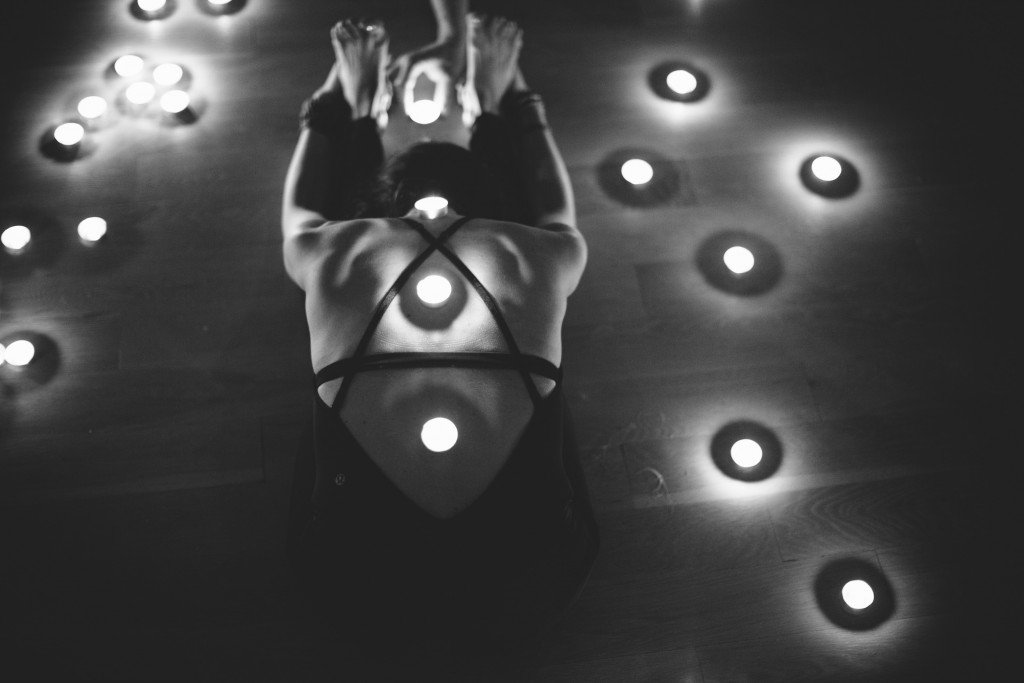E·go:
1. a person’s sense of self-esteem or self-importance. e.g, “a boost to my ego”
PSYCHOANALYSIS
2. the part of the mind that mediates between the conscious and the unconscious and is responsible for reality testing and a sense of personal identity
PHILOSOPHY
3. (in metaphysics) a conscious thinking subject
On a recent plane ride I watched the movie Get On Up. The movie depicts James Brown’s life, and we see him early on as an emaciated child living in poverty. At one point, when little James is playing with his mother, she tickles his belly and says to him that his hunger pangs are no more than God’s tickle.
Although the setting is quite dramatic, the ability to turn darkness into laughter is very powerful. Just as physical feelings like hunger and pain ebb and flow in the body, similar fluctuations occur in the mind. These tides are the result of how we understand ourselves in context with the world. In yogic philosophy this is a product of ego, or the part of ourselves that shapes our perceptions and actions. What if we could see the ego like a little tickle? What if we could see the ego as a visitor who is here to test our heart and force us to connect more deeply to our truth? Like a dark cloud on a sunny day, the ego creates a moment of dullness, only to eventually dissipate and bring us back toward clarity.
Often the ego is defined as self-image: a perception of something we think we are. As a result, our ego has the potential to almost completely obstruct our vision of clarity and our understanding of what and who we are. Moreover, our skewed sense of self confuses our needs and wants—two things which sometimes align, but come from very different places. If our wants are wrapped up in ego, as a result of our inability to distill what is from what seems, our true needs are more aligned with our heart. So how can we do the work to disentangle the ego from the heart?
Just as feelings are temporary, so too the ego is a fleeting visitor in the great abode of the Self. The heart, on the other hand, sits with us, runs with us, sleeps with us, and, more than anything, knows when to stop and when it’s time to move on.
Does one then trust a feeling that stays, or a feeling that comes along only when most convenient? I like to think that only what truly nourishes us should actually be acted on. How wonderful would it be if we could recognize the ego as a tickle, a cloud, a wave, as it tries to entertain us, or obstruct our vision. Perhaps if we were to laugh together, or even blow it away smiling, it would take itself less seriously and wouldn’t show up so frequently.
Our ego carries with it helpers very much connected to the power to affect its growth. In the Hindu and Buddhist traditions there is a word for this unpopular group of helpers: “klesha.” This is a term from Indian philosophy and yoga, meaning “poison.” In Patanjali’s Yoga Sutra, he identifies the six poisons: ignorance, egoism, attachment, aversion, doubt and fear of death.
Related: Learn more about how to manage these forces on the mind and maintain balance.
In the Buddhist tradition the word translates to “torment of the mind.” We recognize these emotions in our daily lives in the form of desire, anger, greed, and fear of abandonment. I imagine the kleshas like a dirty laundry bag; if we are not consistently managing them, the dirty and smelly thoughts become nearly insurmountable. At a certain point, they collect and collect until we no longer can distinguish the good from the bad.
Just like we show up on our mat for daily practice, one must practice consistently to invite cleanliness and detached observation when experiencing the temptations of kleshas. When we feel disconnected to ourselves, unfocused, we desperately search for something to hold on to. That’s when the ego with its sneaky companions is more likely to show up. A lack of connection can also persuade us to cling onto pleasure as an immediate and mistaken object of safety. It’s a little like thinking that what we want is what we need, when really the two aren’t necessarily the same thing. When we can align our desires with our needs we can find a sense of wholeness and true contentment, or “santosha” in Sanskrit.
But how do we do that? Meditation is the ultimate tool towards finding that sense of detachment and connection to something deeper and stronger than the ego, but we can also work toward wholeness with the physical practice.
I like to begin the practice of confronting the ego with forward bends. It is in these postures that the body finds its introspective center. When we organize our closets, our calendars, and ourselves—vision clarifies, and when clarity occurs there is a sense of peace and comfortable stillness. It is in that stillness that insight happens. The visiting ego, those clouds in the sky, no longer affect our ability to feel whole. (Here is a sequence I designed to help burn and balance the ego through deep forward bends.)
Being able to hold a shape, for instance, after having practiced it over and over again only happens peacefully if the joints of our body are aligned. When forward bending, we are working with the duality of opening up to our wholeness as well as diving into our truth. The floor acts as an enormous boundary preventing us from falling into habitual patterns. It is by using that boundary to our advantage that we find softness and grace. It isn’t always easy to show up, especially when someone or something is making an effort to get in our way, to be that great dark cloud. That person or thing becomes the very obstacle that is drawing us closer to our truth. Can we be free of negativity regardless of the circumstance? Can we restrain from desire and recognize it as a ticket to an even deeper understanding of the self? Can we transform the tickle of the ego into a tickle towards awareness and strength? Magic happens when we effortlessly acknowledge that what we want is actually what we need.
Photography by Hailey Wist











Comments (0)